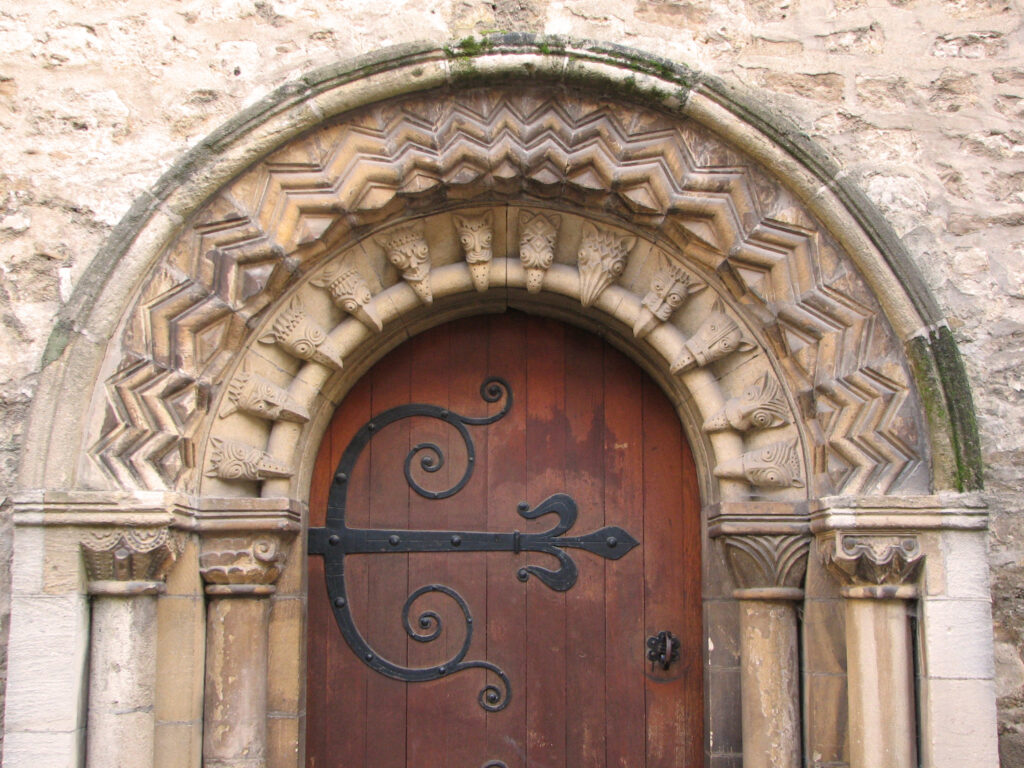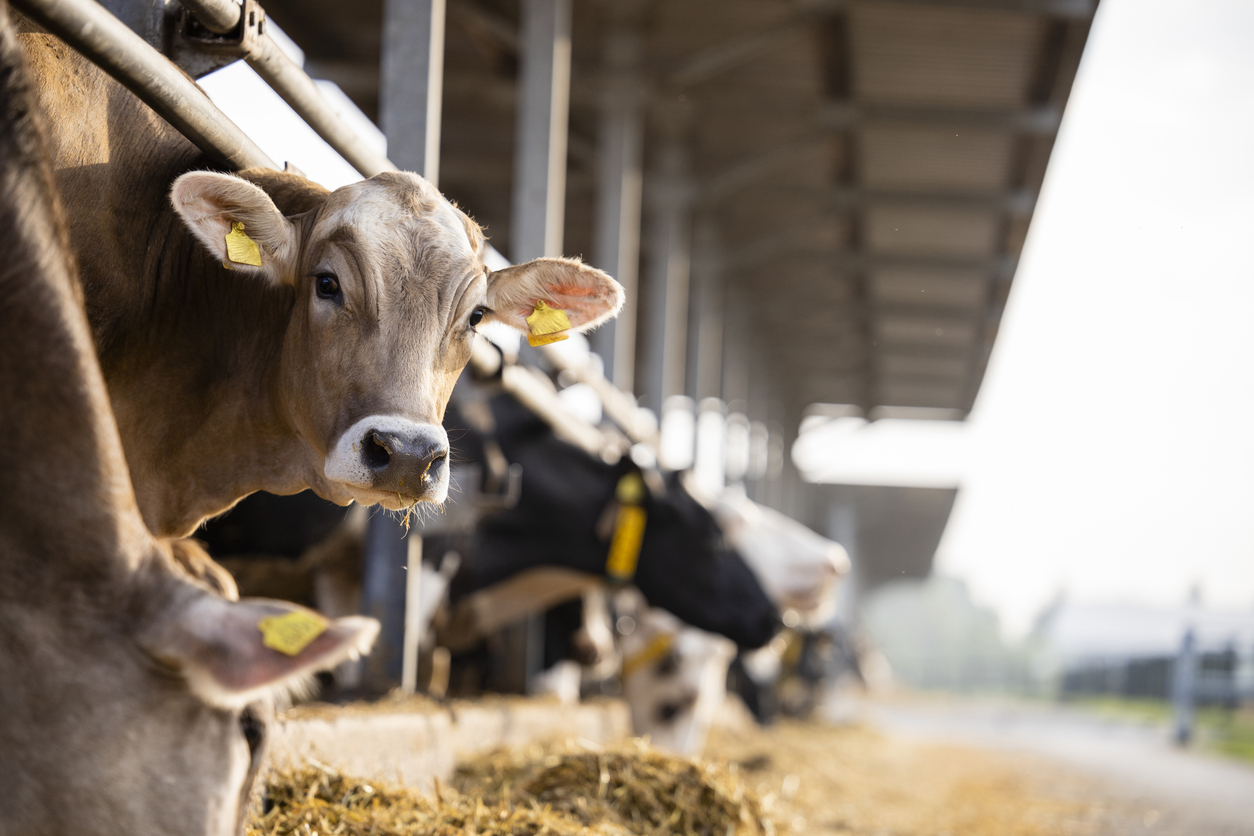Dr Conor O’Brien FRHistS, John Prestwich Fellow in History
Most people think of Oxford as a medieval city, but when taking undergraduate students studying the period 900 – 1300 on a tour (as I did for the first time last Trinity Term) you quickly realise that very little of Oxford’s first few centuries still survives to be seen above ground. The first textual reference to Oxford appears in the Anglo-Saxon Chronicle entry for 911, by which time the town was clearly a functioning defensive and commercial site (a ‘burh’). The original burh was essentially a square with the four-way junction at Carfax at its centre. Its most obvious sign above ground is, of course, the church of St Michael’s at the North Gate (now on Cornmarket) whose eleventh-century tower is the oldest building in the city and the only surviving remnant of pre-Norman Oxford.
Oxford seems to have had a difficult Conquest. Domesday Book in 1086 records 57% of the housing stock of the city as ‘waste’; much of this was probably the consequence of urban clearing for the new defences, with the castle, built in 1071, taking pride of place. Castle Mound, opposite Nuffield College, is still there to be seen and represents the major disruption and dislocation of the period. Oxonians like to complain a lot about the latest hair-brained council scheme, but the new ‘local government’ of the late eleventh century was presumably unconcerned about residents’ feelings as it demolished their homes and businesses. The Anglo-Norman defences are actually probably the best-preserved part of early Oxford. New College has had to maintain the medieval walls in its grounds for many centuries, so gaining access to that college is definitely the best way to see them. Somewhat less impressive remnants of a bastion still exist in the garden of the Old Boys High School (i.e. the History Faculty) and Deadman’s Walk at the top of Christ Church Meadow runs alongside a segment of wall which now marks the edge of Merton.
Deadman’s Walk itself is a little slice of medieval Oxford, connecting the Jewish quarter around Blue Boar Street with the Jewish cemetery just outside the East Gate – thereby keeping Jewish funeral corteges carefully outside the boundaries of the city. Not much sign of Oxford’s twelfth- and thirteenth-century Jewish community now exists above ground: there is a plaque on the wall of the Town Hall on Blue Boar Street and a rather nice stone in the rose garden just outside the University Botanic Gardens. You are not likely to stumble on either if you were not looking for them, which is a great pity because, although Oxford’s medieval Jewish population was small, it was important. The presence of Jews in Oxford tells us something about the importance of the city during the Norman and Angevin eras, both its economic importance and its connectedness with the wider, cross-channel world of high politics. It also reminds us that by twelfth-century standards Oxford was a cosmopolitan place with diverse languages and communities.
What would have been the most dramatic sign of Oxford’s importance is also only now marked by a plaque. At the Worcester College end of Beaumont Street, on the corner with Walton Street, a stone set amid shrubbery records the existence of the royal palace, the King’s Houses, that was built just outside the north wall of the city in the 1130s. All remnant of the palace is long gone, the last ruins having been demolished to make way for the current stately appearance of Beaumont Street, but Oxford was quite a significant royal residence in the twelfth century with two consecutive kings of England (Richard I and John) born here.
So, you’ll see that the undergrad tourist interested in seeing early medieval Oxford must use a lot of imagination. But there remain a few hints of the city’s earliest centuries. The little square between St Ebbe’s Church and the Westgate Sainsbury’s is hardly the most beautiful public space in Oxford, even if slightly improved by the construction of the new Westgate Centre. If you turn your back to Sainsbury’s, however, and look at the west wall of St Ebbe’s you will see a twelfth-century Romanesque doorway, planted into the current nineteenth-century church building. It is a lovely, somewhat unexpected, glimpse of Norman Oxford – lovely not least for the incongruity of the surroundings. Oxford does actually possess a very impressive complete Romanesque parish church at St Mary’s, Iffley (nice and close to the Isis Farmhouse for refreshments), but when undergrads hardly walk to the Bod, asking them to walk all the way to Iffley and back is unlikely to prove feasible for future tours.



